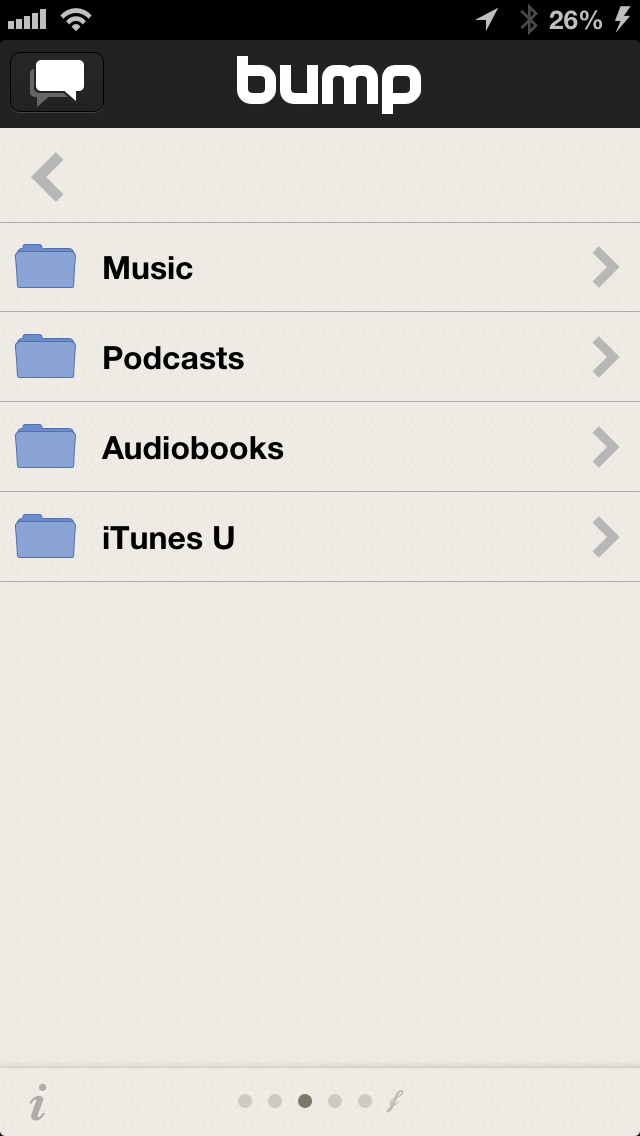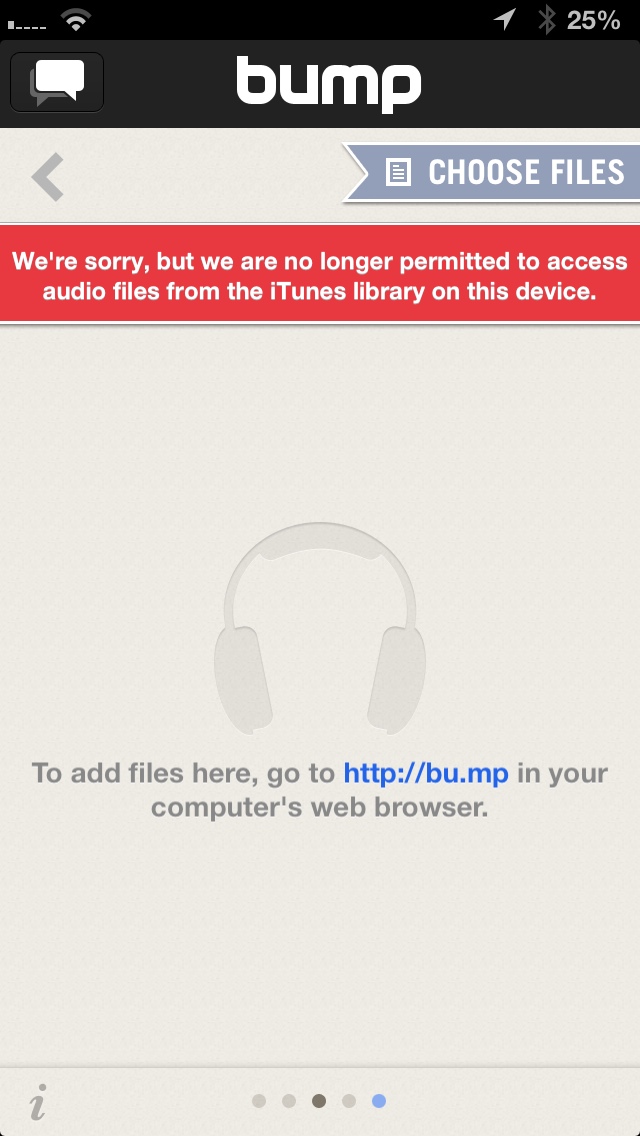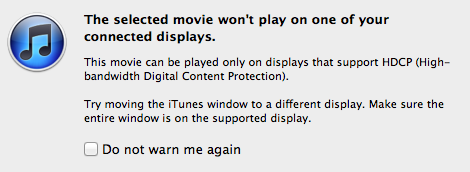If you use Bump, a cross-platform app for sharing photos, contacts, music and more between different devices, you may want to pass on today’s update as it’s removed the handy ability to share songs from your iTunes library.
“We’re sorry, but we are no longer permitted access to iTunes audio files on the device,” release notes accompanying the download read. In removing access to iTunes audio files in the file sharing section, Bump didn’t just appease to Apple, it’s also a little less useful now…
The only way to keep this handy feature is to avoid updating to a new version.
If you’re jailbroken, just use Update Hider to prevent Bump updates from showing up in the App Store to avoid an accidental update. It may also be a good idea to back up the old Bump version should you ever accidentally update.
Bump version 3.5.8, a free download from the App Store, also contains the obligatory “bug fixes and performance improvements.”
This is another proof that Apple very much wants to remain in tight control of what users do with songs in their iTunes library.
What I’d love to know is whether this is purely the whim of the control-freaky Apple or a concession the company willfully accepts in order to appease to the entertainment industry.
I think it’s the latter and here’s why.
Bump before (left) and after the change (right). Screenies via 9to5Mac.
Not that long ago, iTunes used to host only 720p movies.
It was said at the time Hollywood was refusing to upgrade iTunes movies to 1080p until both Apple hardware and software adopted copy-protection features. Indeed, later on Apple’s Macs via Intel chips added digital copy protection at the silicon level. And soon after, the firm refreshed its entire lineup with the then new DisplayPort video interconnect.
In addition to DisplayPort Content Protection (DPCP) tech, DisplayPort also enabled industry-standard 56-bit high-bandwidth digital content protection (HDCP) designed to prevent copying of digital audio and video content as it travels across connections.
Apple also killed component video output from the first-generation Apple TV in favor of HDMI on the second and third-generation. HDMI, you guessed right, also incorporates HDCP.
As a result of these changes, Apple’s devices are now a secure end-to-end media ecosystem. Only then did the entertainment industry sign off on 1080p iTunes content.
If you don’t believe me, try copying a purchased iTunes movie on an external drive and play it on another machine. Thanks to Apple’s FairPlay digital-rights management technology – again, adopted at the request of the big boys – the movie won’t play unless the target system is authorized with the same iTunes account used to purchase your media.
Moreover, any attempt to play iTunes-purchased movies on an analog display fails, saying your content can only be played on displays that support HDCP.
Is it then any surprise that Apple asked Bump to kill sharing of iTunes songs?
Welcome to the DRM world, folks!


